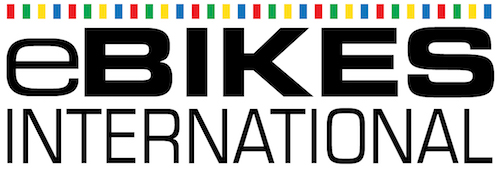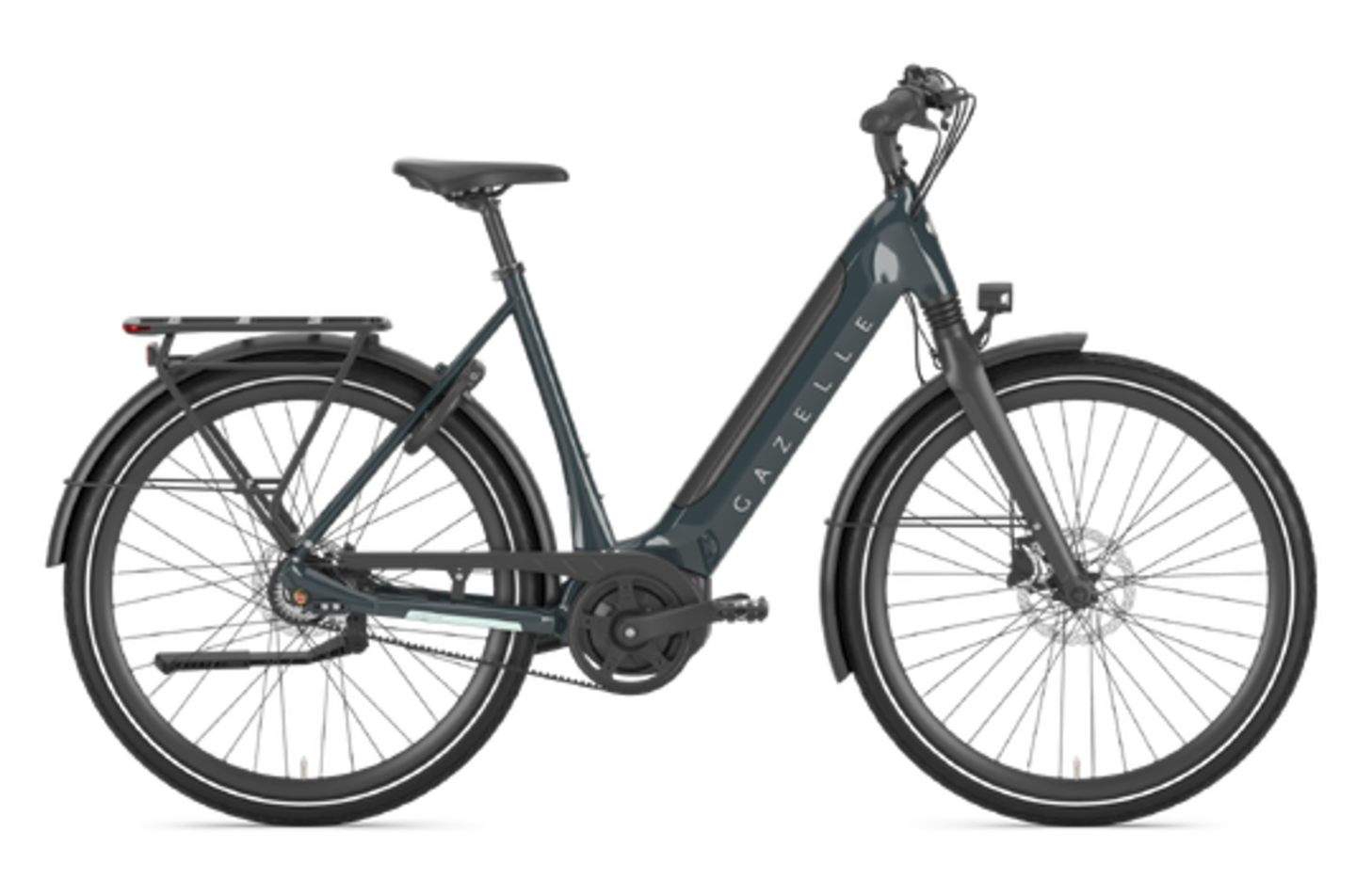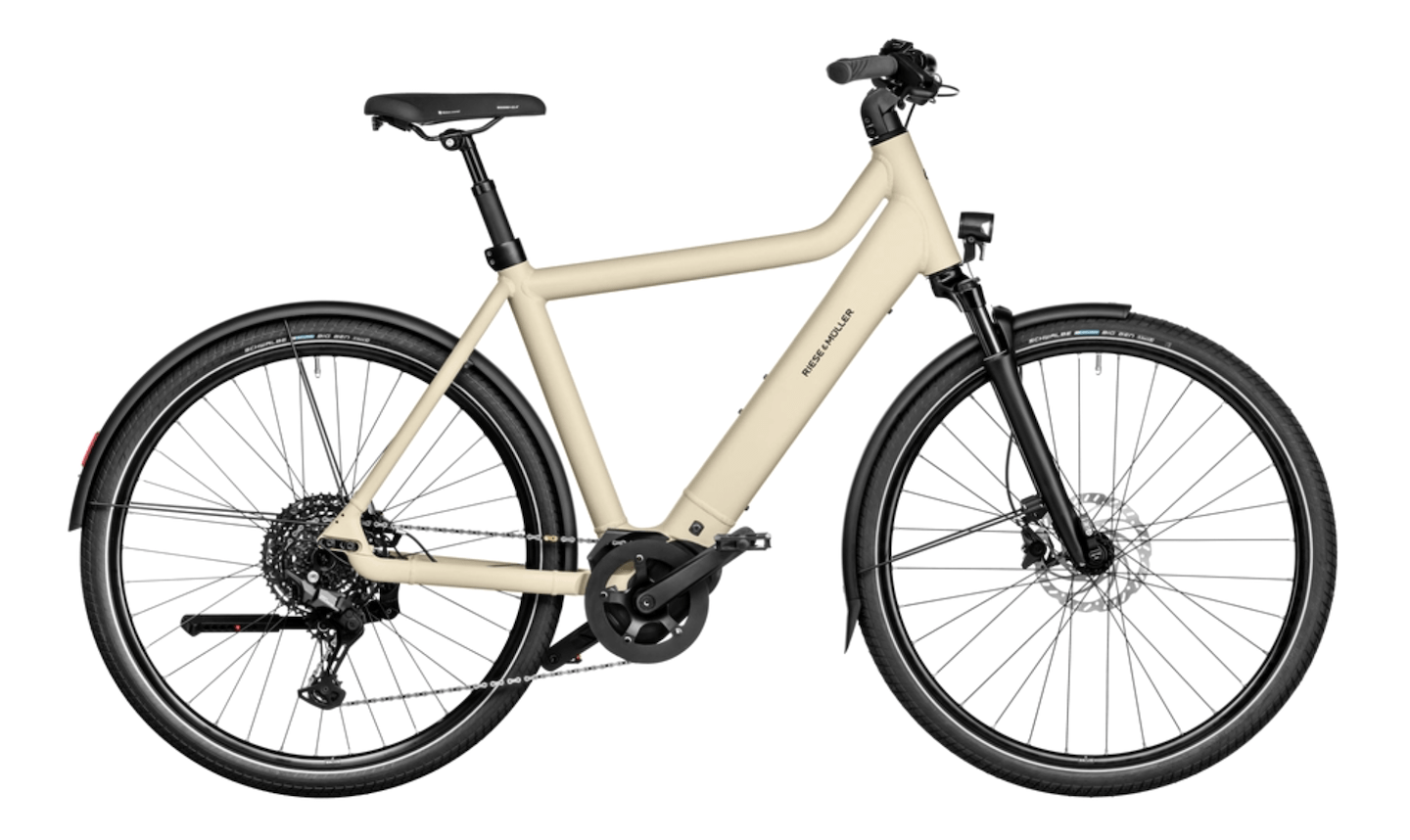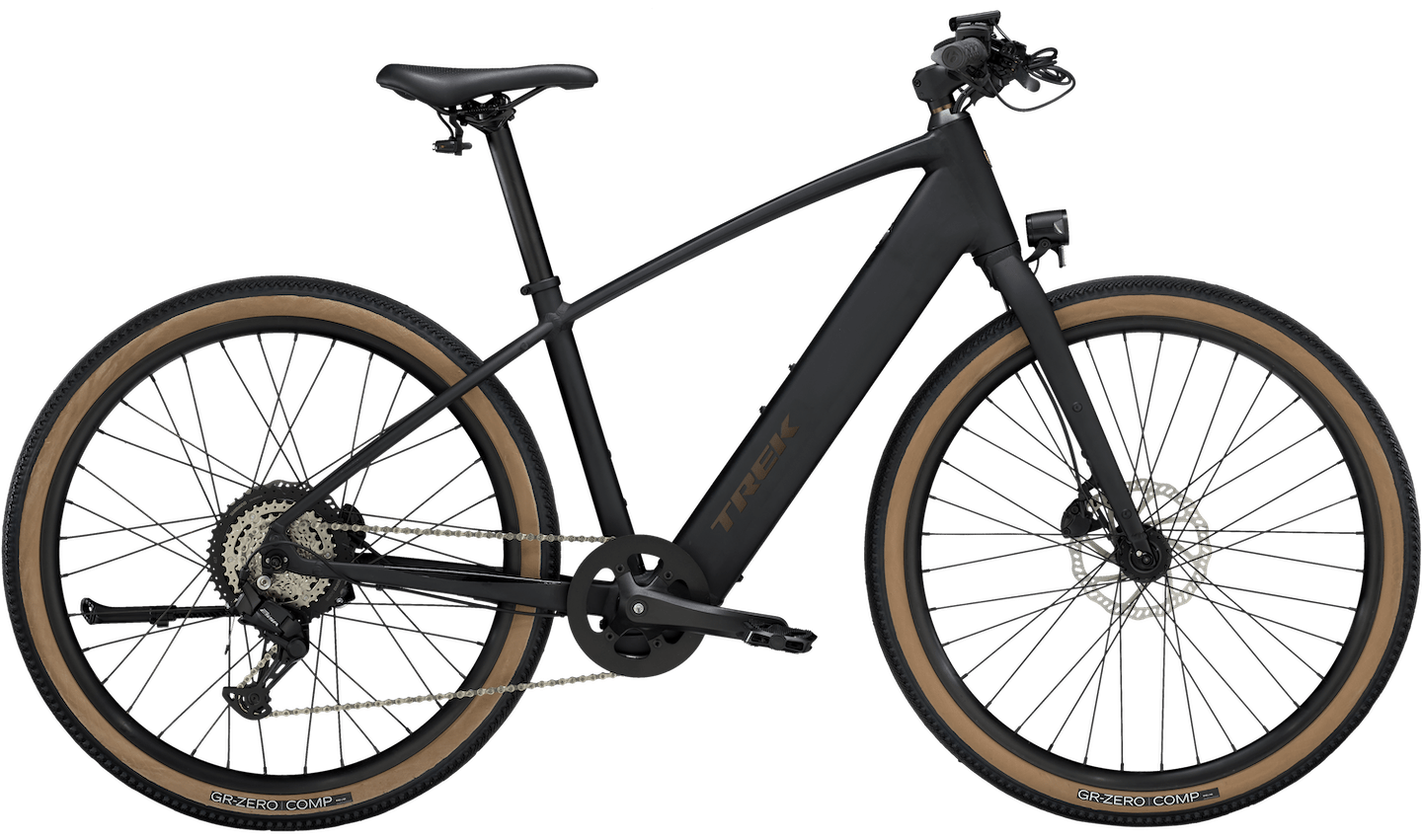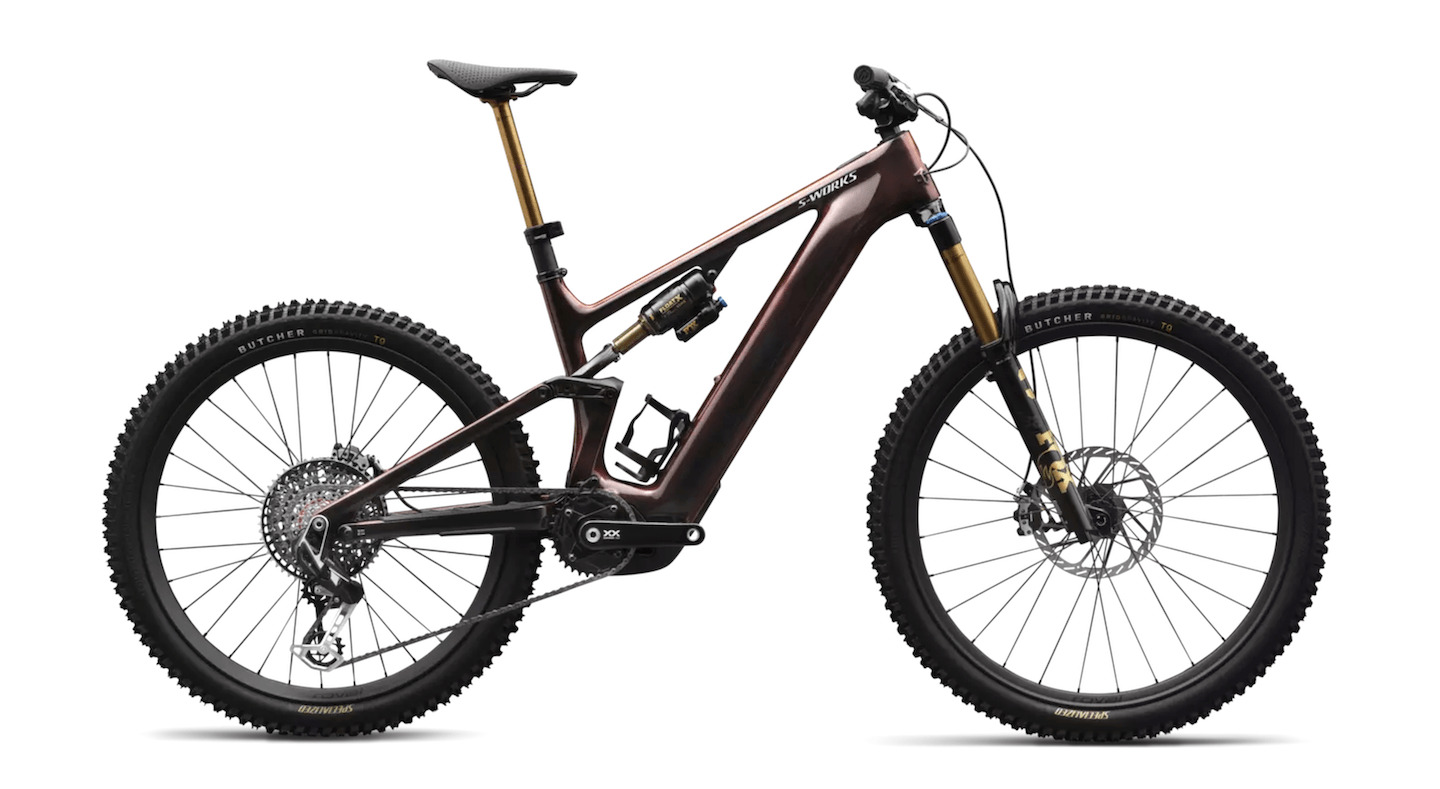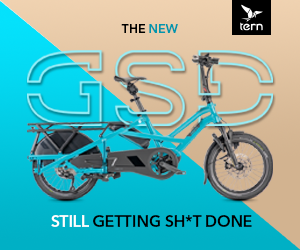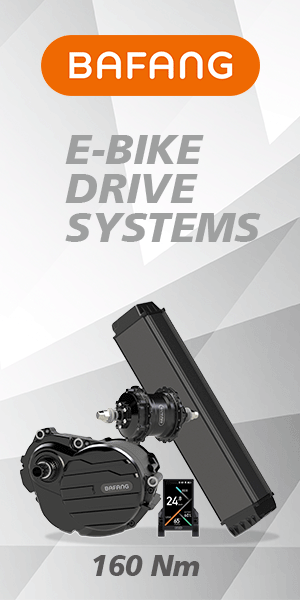July 25, 2020 - This report consists of a series of short case studies that describe the components and costs of selected bicycle infrastructure measures and selected cycling programs from 16 Canadian cities.

A total of 29 bicycle infrastructure measures from 15 cities (see Table 1 below) are grouped into five categories: on-street facilities, intersection treatments, traffic calming measures, off-street facilities, and accessory and support features.
Case study data includes a description of the infrastructure measure, project location, design specifications and costs. A total of 11 cycling programs from six cities (see Table 2 below) were grouped into the following categories: training programs, repair and maintenance, events, and supports and programs.
Each of the 29 bicycle infrastructure types was costed out specific to one municipality only, and as a result should be considered a general, not specific, cost estimate. The same applies to the 11 types of cycling programs as costs vary from region to region and are further dependent on a wide variety of local and jurisdictional factors and circumstances.
In this light, this report can be used as a rough guide to costs based on bicycle infrastructure and cycling interventions that have been built and implemented, rather than a detailed technical or costing guide.
Read the full report here.

